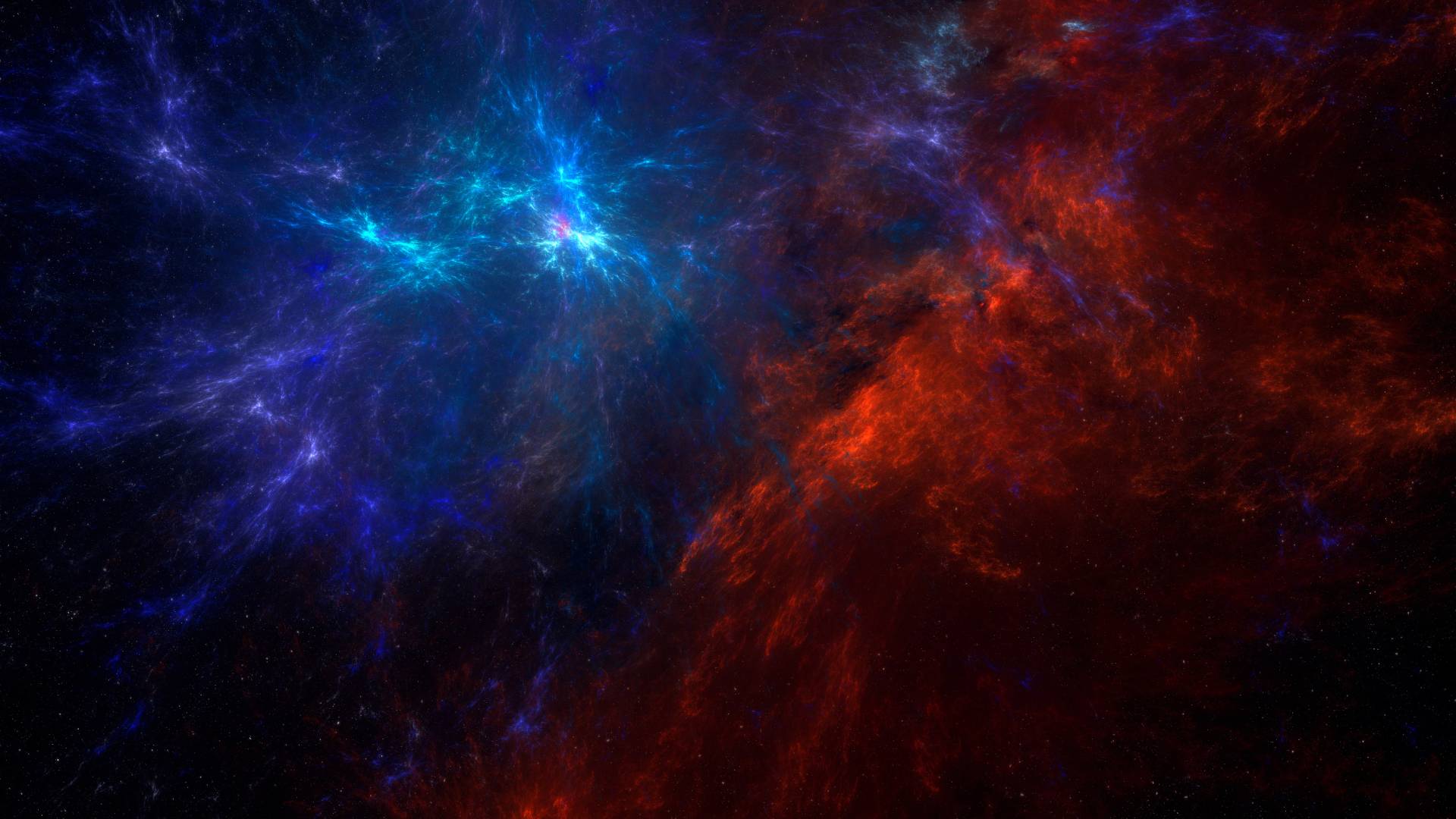Do you wonder it what Alien Life look like ? humans have gazed at the stars, wondering if we are alone in the universe. As our knowledge of exoplanets—the planets orbiting stars outside our solar system—has expanded, so too have our theories about the possibility of alien life. With thousands of exoplanets discovered by telescopes like Kepler and James Webb, scientists are getting closer to understanding what kinds of planets might host life and what extraterrestrial organisms might look like.
Could alien life be similar to life on Earth, or could it be something far beyond our imagination? In this article, Spaceyv.com explores scientific theories about alien life based on recent exoplanet discoveries.
Are We Alone? The Search for Extraterrestrial Life
The search for life beyond Earth is one of the most exciting fields in modern astronomy. Scientists look for planets in the habitable zone—a region around a star where temperatures could allow liquid water to exist. But life might not be restricted to conditions similar to Earth’s. Some researchers believe alien life could survive in extreme environments, thriving in ways we can barely comprehend.
To imagine what aliens might look like, we must consider the conditions of their home planets. Different planetary environments would shape evolution in unique ways, leading to a variety of possible life forms.

Types of Alien Life: The Three Main Theories
Scientists generally classify the possibilities of extraterrestrial life into three broad categories:
1. Earth-Like Life: Life as We Know It
This theory suggests that alien life will be similar to life on Earth, based on carbon chemistry and reliant on liquid water. This idea is supported by the discovery of Earth-like exoplanets that could support similar biological processes.
🌍 Possible Characteristics:
- Oxygen-breathing organisms with DNA-like molecules
- Carbon-based structures similar to plants, animals, and fungi
- Complex multicellular life capable of photosynthesis or predation
🔎 Notable Exoplanets That Could Host Earth-Like Life:
- Proxima Centauri b – Located in the habitable zone of Proxima Centauri, our nearest star.
- Kepler-442b – A super-Earth with conditions potentially suitable for life.
- TRAPPIST-1 System – A system with multiple Earth-sized planets, some in the habitable zone.
These planets have temperate climates, potential atmospheres, and possible liquid water, making them prime candidates for Earth-like organisms.
2. Extremophile Life: Life as We Don’t Know It
Life on Earth has proven that organisms can survive in extreme environments, from boiling volcanic vents to deep-sea trenches. These so-called extremophiles suggest that alien life could thrive under conditions that would be lethal to humans.
🦠 Possible Characteristics:
- Sulfur-based life instead of carbon-based life
- Organisms that survive in acidic, radioactive, or methane-rich environments
- Silicon-based life forms that replace carbon in their molecular structure
🔎 Notable Exoplanets That Could Host Extremophiles:
- Europa (Moon of Jupiter) & Enceladus (Moon of Saturn) – Icy worlds with subsurface oceans that may contain hydrothermal vents, similar to those on Earth where life thrives without sunlight.
- Titan (Moon of Saturn) – A world rich in methane lakes, where some scientists theorize methane-based life could exist.
- K2-18b – A super-Earth with evidence of a hydrogen-rich atmosphere, which could support exotic microbial life.
On these planets and moons, life might look nothing like life on Earth, relying on different chemical processes and thriving in environments that seem completely inhospitable to us.
3. Intelligent Alien Life: Advanced Civilizations
The most intriguing question is whether intelligent extraterrestrial civilizations exist. If they do, they might be vastly different from us, both biologically and technologically.
🤖 Possible Characteristics:
- Bipedal creatures with humanoid structures (if evolved on an Earth-like planet)
- Aquatic or jellyfish-like beings if evolved in a water world
- Silicon-based AI life forms that evolved through machines instead of biology
- Hive-mind species similar to social insects, operating as a collective intelligence

🔎 The Fermi Paradox: If Aliens Exist, Where Are They?
Despite the vastness of the universe, we have yet to detect any signs of alien civilizations. This is known as the Fermi Paradox, and several theories attempt to explain it:
- Aliens are too far away – The speed of light limits how fast signals travel.
- They don’t use detectable technology – Their communication methods might be beyond our understanding.
- They are avoiding us – Some suggest an alien “zoo hypothesis,” where advanced beings observe us without contact.
- Civilizations destroy themselves – Many intelligent civilizations might go extinct before reaching interstellar travel capabilities.
What Would Alien Life Look Like? The Role of Planetary Conditions
The conditions of an exoplanet directly influence the type of life that could evolve there. Here are some possible examples:
🌿 Forest Worlds (Planets Like Earth or Kepler-442b)
- Humanoid creatures with eyes adapted to visible light.
- Plant-based life similar to trees and flowers using photosynthesis.
- Predatory animals with claws and sharp senses.
🌊 Water Worlds (Planets Like Kepler-22b)
- Aquatic, jellyfish-like aliens with no skeletons.
- Bioluminescent creatures adapted to dark, deep oceans.
- Massive whale-like beings using sonar for communication.
🔥 High-Gravity Worlds (Planets Like Gliese 581g)
- Short, stocky creatures with dense muscles.
- Thicker bones or exoskeletons to withstand gravitational forces.
- Slow-moving land animals due to the planet’s strong pull.
🌑 Dark Planets (Planets Orbiting Red Dwarfs Like Proxima b)
- Blind or infrared-seeing aliens, adapted to darkness.
- Thick-skinned organisms to protect from radiation.
- Subsurface life forms living beneath the planet’s crust.

Could We Ever Make Contact?
With advancements in radio telescopes, AI-driven analysis, and interstellar probes, scientists are actively searching for alien signals using projects like SETI (Search for Extraterrestrial Intelligence). Additionally, future missions like the James Webb Space Telescope may detect biosignatures—signs of life in an exoplanet’s atmosphere.
If intelligent life exists, making contact could be either humanity’s greatest achievement or greatest risk. Some experts, like Stephen Hawking, warned that announcing our presence to advanced aliens could be dangerous, as they might not have friendly intentions.
Final Thoughts: Are We on the Verge of Discovering Alien Life?
With thousands of exoplanets discovered and more being studied, the question of alien life is no longer “if,” but “when.” Whether we find microbial life on a distant moon or receive signals from an intelligent civilization, the discovery of extraterrestrial life will change everything we know about our place in the universe.
What Do You Think?
What kind of alien life do you believe is most likely to exist? Do you think we will find evidence of extraterrestrial civilizations in our lifetime? Let us know in the comments! 🚀
At Spaceyv.com, we continue to bring you the latest insights into space exploration, exoplanet discoveries, and the possibility of alien life. Stay tuned for more cosmic mysteries!



